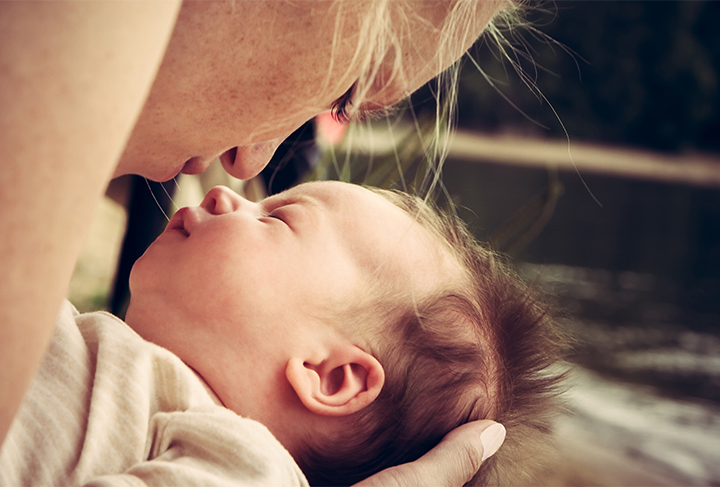
Newborn Care and Safety Tips
- Home
- Services
- Additional Information
- Newborn and Baby Care
- Newborn Care and Safety Tips
Preparing for your newborn’s arrival home can be fun — designing a nursery, all those adorable new onesies—but there’s a serious side as well: you want to make sure your home environment is as safe as possible. Read about how to help keep your baby safe.
Newborn Car Seat Safety
This is one of the first safety products your new baby will need — you won’t be allowed to leave the hospital without one. When you’re shopping for a car seat, there are a few good rules to follow:
- Don’t buy (or accept) a used car seat unless you know for certain it has never been involved in a crash, has not expired and has all of its original parts. Most expire six years after the manufacture date, so check the make, model and serial number with the manufacturing company.
- Don’t add aftermarket parts like mirrors, mobiles, or head/neck supports to your car seat unless they are approved by the manufacturer.
- Always follow the manufacturer’s instructions when installing your car seat. Studies have shown that many car seats are installed incorrectly, which can lead to increased risk of injury or death.
Safe Sleep for Infants
Your baby will spend a great deal of time in his or her crib. Babies are left alone most often in their cribs for extended periods of time, so it’s crucial to take extra precautions to create the safest sleeping environment possible.
Crib Safety
Like car seats, crib safety standards are maintained by the federal government. They were updated in 2011 to include a prohibition on drop-side rails on cribs and stronger mattress supports. Other crib safety tips include:
- Slats should be no more than 2.36 inches apart.
- There should be no cutout areas in the headboard or footboard.
- The raised sides should be at least 26 inches higher than the mattress at its highest setting.
- The inside the crib should be free of bumpers, positioners and other plush products that could pose a suffocation hazard.
Crib Mattress Pad Safety
The choice of mattress is also critical. The crib mattress should be “snug fitting”, with no gap between the crib sides and the mattress (you shouldn’t be able to fit more than two fingers in the gap between the crib slats and mattress). The mattress itself should be firm, with a tight-fitting mattress sheet.
Manufacturers have recently introduced a new type of washable, breathable mattress that is designed to allow easier air flow through the fabric, as well as make cleaning easier after accidents. The core of these mattresses can be popped into the shower and hosed down to remove dust mites and odors, then replaced on your baby’s crib.
